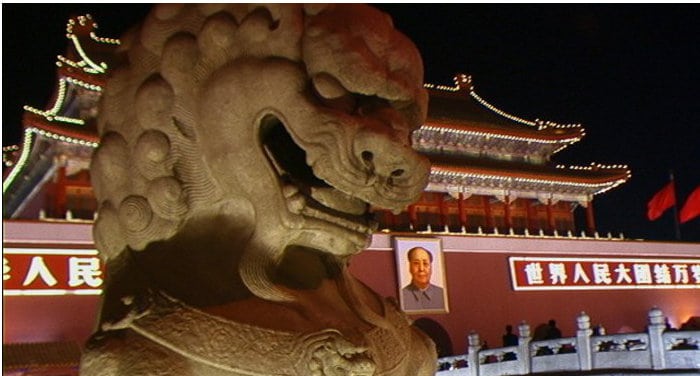| Online: | |
| Visits: | |
| Stories: |

| Story Views | |
| Now: | |
| Last Hour: | |
| Last 24 Hours: | |
| Total: | |
If You Want to Name a Building, Check First With Beijing

If You Want to Name a Building, Check First With Beijing
China is known for a lot of great things. The Great Wall. Great take-out. And great deals on cheaply manufactured goods. But it is a little-known and rarely heralded fact that is my favorite of all Chinese contributions to our world heritage.
Their buildings have the coolest names.
While most Western buildings are named after architects, politicians – or even worse – corporations, ancient edifices in China retain majestic sounding monikers like Earth Tranquility Palace or Hall of Supreme Harmony. Even the Flatiron Building would have to admit that their names are way cooler than ours.
Granted, most people aren’t going to visit someplace just because it has a cool name. It would also have to have sites worthy of making a voyage halfway around the world. So of all the places that there are to see in China, the spot that gives you both some from Column A and some from Column B (you had to expect there was going to be a Chinese menu crack in here somewhere) is the capital Beijing.
In China’s great rush to modernize, many if not most of the crumbling traditional homes built around courtyards in narrow lanes (or hutongs) have been replaced by modern high-rises. The armada of bicycles – once a staple and stereotype – is steadily being replaced by personal vehicles once reserved for only the well-to-do. All around, this monolithic grid of development centered on the Forbidden City is advancing into the modern world, impelling the present day visitor to see the old before it’s completely swallowed by the new.
The good news is that while not as cheap or simple to navigate as it used to be (i.e. when I last visited a dozen years ago) it still is a decent value, and the major sights – the Forbidden City, Tiananmen Square, Temple of Heaven, Summer Palace, and nearby Great Wall – have withstood the onslaught of change, providing a safe haven for those wishing to witness the crowning works of Chinese heritage from an age before globalization. And fortunately a lot of the cool names have remained as well.
Located near the absolute center of the city, the Forbidden City was once the center of Chinese culture, housing the emperor and his court in an enclave off-limits to commoners for some 500 years. In this sprawling compound of ornately designed pavilions and sculptured stone, you can catch a glimpse of the same recurring theme that plays out in all former seats of empire, namely, that it truly is good to be the king. At least here the buildings all have grandiose sounding names like The Hall of Preserving Harmony or the Palace of Heavenly Purity. In my house we just call it the living room, but whatever.
Allow for at least half a day to explore, preferably with a knowledgeable guide to take it all in. You might not care which emperor did what, where and with whom, but the buildings certainly impress with their architecture and artistry.
Source: http://www.saporedicina.com/english/if-you-want-to-name-a-building-check-first-with-beijing/



